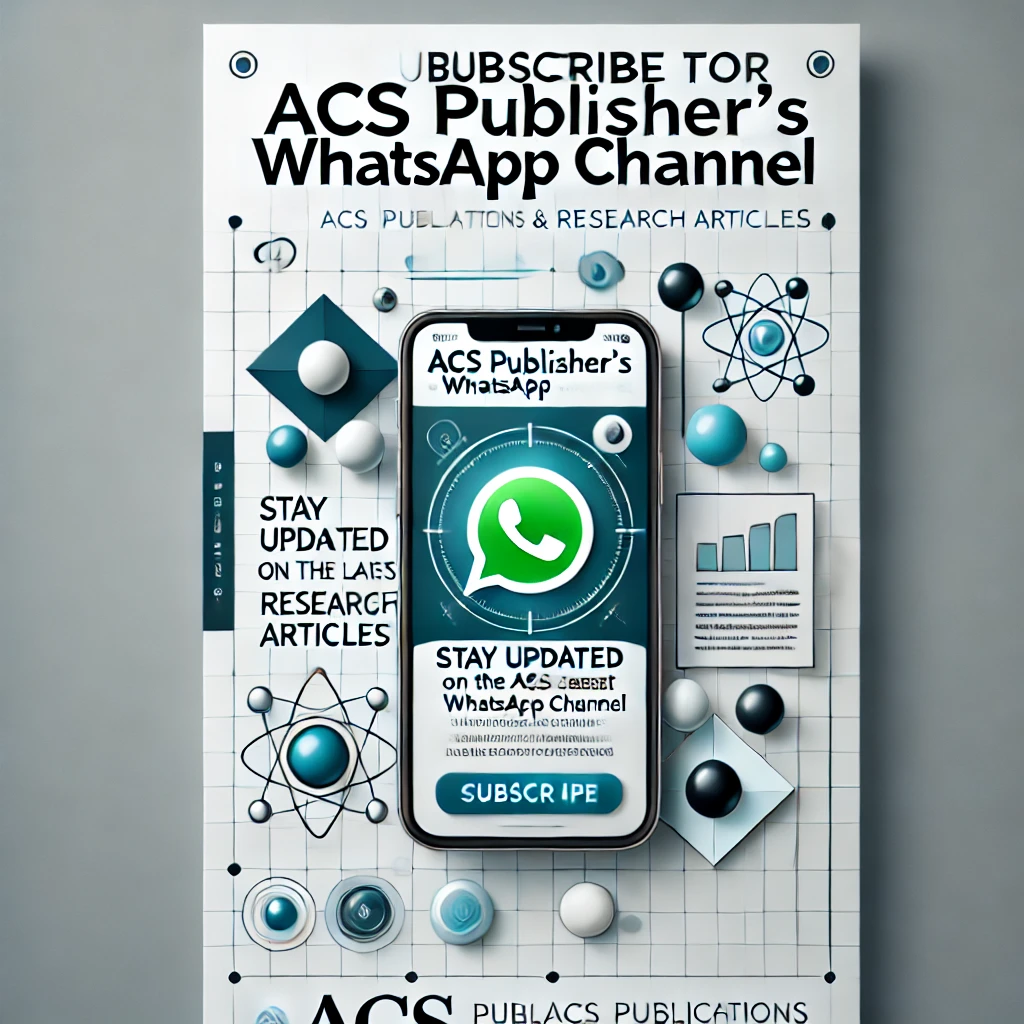Management of Dystocia in Buffalo by Partial Percutaneous Fetotomy: A Case Report
DOI:
https://doi.org/10.48165/aru.2025.5.1.4Keywords:
Buffalo, dystocia, head deviation, percutaneous fetotomy, mutationAbstract
A five-year-old, nondescript buffalo in her third parity, with a history of 9 months of gestation, in labour pain since 12h, was presented at the Referral Veterinary Polyclinic, ICAR-Indian Veterinary Research Institute, Izatnagar, Bareilly, with no further progression and a ruptured water bag. It was previously attended by a paravet in the morning with faulty manual traction, causing the forelimbs to track outside the vulva up to the fetlock joint with no further progression. Clinical examination revealed an increase in respiration and pulse rate with rectal temperature 102.6ºF was recorded. On per rectal and per vaginal examination, there was complete dilation of the cervix, the foetal presentation was anterior longitudinal dorso-sacral position, and the head and neck were extremely downward deviated in terms of posture, while the forelimbs were outside the vulva up to the fetlock joint. Successful management of dystocia with partial percutaneous fetotomy and mutational operation was performed with uneventful recovery of the animal.
References
Bhattacharyya HK, Bhat FA, Buchoo BA. Prevalence of dystocia in sheep and goats: a study of 70 cases (2004-2011). J Advanced Vet Res. 2015;5(1):14-20.
Citek J, Hradecka E, Rehout V, Hanusova L. Obstetrical problems and stillbirth in beef cattle. Anim Sci Papers Rep. 2011;29(2). Jerome A, Srivastava N. Prostaglandins vis-à-vis bovine embryonic mortality: a review. Asian Pacific J Reprod. 2012;1(3):238-46. Kebede A, Mohammed A, Tadessse W, Abera D, Nekemte E. Review on economic impacts of dystocia in dairy farm and its man agement and prevention methods. Nat. Sci. 2017;15(3):32-42. doi:10.7537/marsnsj150317.04.
Khan HM, Bhakat M, Mohanty TK, Gupta AK, Raina VS, Mir MS. Peripartum reproductive disorders in buffaloes-An overview. Vet Scan. 2009;4(2):38.
Noakes DE, Parkinson TJ, England GC, editors. Arthur’s Veteri nary Reproduction and Obstetrics-E-Book: Arthur’s Veteri nary Reproduction and Obstetrics-E-Book. Elsevier Health Sciences; 2018 Oct 30.
Norman S, Youngquist R. Percutaneous Fetotomy Techniques: Tips and Tricks. In Australian Veterinary Assocation (AVA) Annu al Conference 2012 (p. 10). AVA.
Purohit GN, Barolia Y, Shekhar C, Kumar P. Maternal dystocia in cows and buffaloes: a review. Open j Anim scie. 2011;1(2):41- 53.
Rajashri M, Reddy K, Srinivas G. Management of malpositioned fetus by partial fetotomy in a primiparous cow. Intas Polivet. 2014;15(2):324-5.
Roberts SJ. Veterinary obstetrics and genital diseases. CBS Publish ers & Distributors Pvt. Limited; 2004.
Wehrend A, Reinle T, Herfen K, Bostedt H. Fetotomy in cattle with special reference to postoperative complications--an evalu ation of 131 cases. DTW. Deutsche Tierarztliche Wochen schrift. 2002;109(2):56-61.
Downloads
Published
Issue
Section
License
Copyright (c) 2025 Animal Reproduction Update

This work is licensed under a Creative Commons Attribution-NonCommercial-NoDerivatives 4.0 International License.

